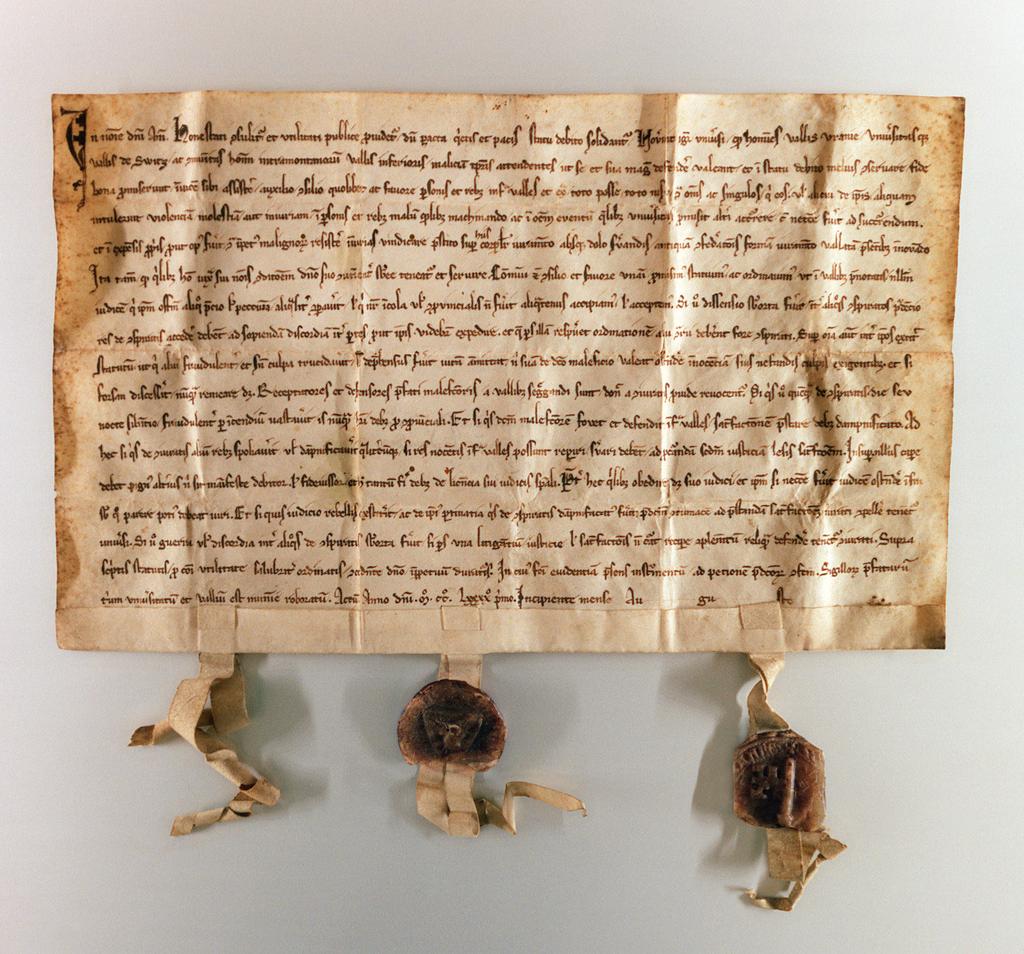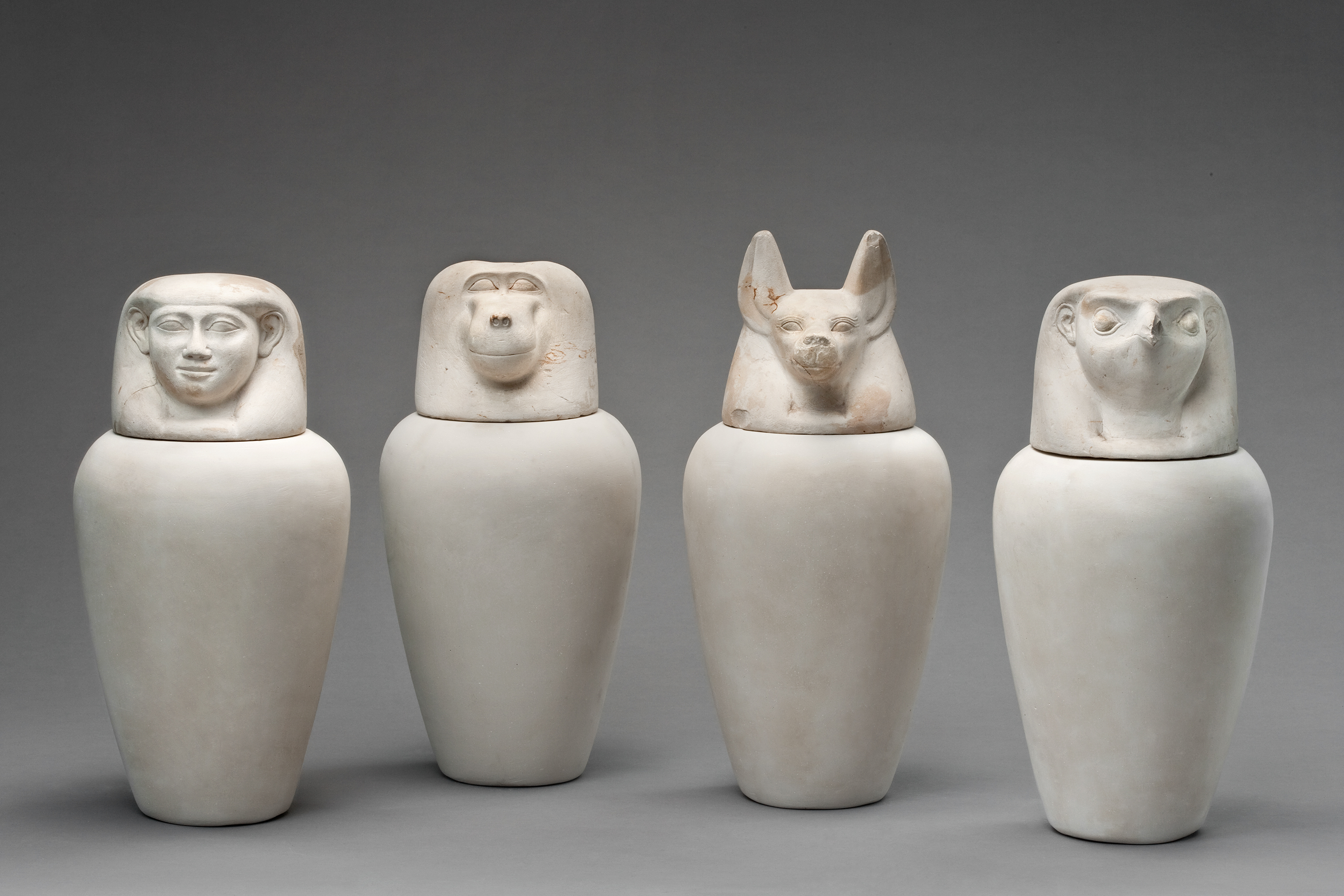Swiss team uncovers time-tested preservation method

A group of researchers at the Federal Institute of Technology ETH Zurich has found a way to preserve historical documents like Switzerland’s founding charter for thousands or even millions of years.
Over the past several decades, a method has been perfected by which data could be saved and re-read in the form of DNA sequences. However, the longer the DNA was preserved, the more it broke down and the more difficult it became to retrieve what had been saved. Now, inspired by fossils, ETH Zurich scientists have found a way to encapsulate DNA in silica and apply an algorithm when reading it that allows data to be decoded after time has taken its toll.
To test its method, the team encoded the Swiss Federal Charter – written in 1291 – as well as The Methods of Mechanical Theorems by the Greek philosopher Archimedes into DNA.
“We decided to preserve old information that is still important for our society today,” says Robert Grass, the study’s lead researcher and a lecturer at ETH Zurich’s Department of Chemistry and Applied Biosciences.
“The Federal Charter is an important building block for Swiss culture,” he explained to swissinfo.ch. “And in the scientific world there is this theorem from Archimedes that was written down by monks and preserved over thousands of years and is a very rare incident.”
The team first digitised the works and then transferred them into DNA by assigning numbers to the four chemical letters, or building blocks, that make up a DNA sequence.
Then the DNA was placed into silica capsules – the main component in glass – and exposed to temperatures between 60 and 70 degrees Celsius for several weeks to simulate ageing by thousands of years.
Although the DNA was slightly damaged at the end of this process, the information could be decoded accurately with the help of a simple algorithm developed by the research team. If information were preserved for thousands or even millions of years in DNA, Grass envisions that the algorithm could also be preserved in a variety of known “stable” methods, such as engraving it in gold.
“There are certain risks to storing data on hard drives and other common methods,” Grass says. “We can guarantee that the data will be kept securely, over many thousands of years.”
Although the Federal Charter and Archimedes’ theorem were preserved in text form, Grass says the DNA encoding method can also preserve digitised data in “more abstract” forms – including images.
How might this more secure method of storage be put to the test? Grass imagines it will mostly be used by institutions such as libraries and governmental agencies, and maybe even the media, to archive data and documents that need to be preserved at all costs. But it’s not yet clear to the research team whether and how their method will be used in mainstream applications.
“On the one hand, we are researchers, we simply provide the method by which to do this. On the other hand, we are interested in what this means and what kinds of possibilities it offers,” Grass says.
“Everyone probably has a different idea of what they want to preserve for the future.”

In compliance with the JTI standards
More: SWI swissinfo.ch certified by the Journalism Trust Initiative



You can find an overview of ongoing debates with our journalists here. Please join us!
If you want to start a conversation about a topic raised in this article or want to report factual errors, email us at english@swissinfo.ch.